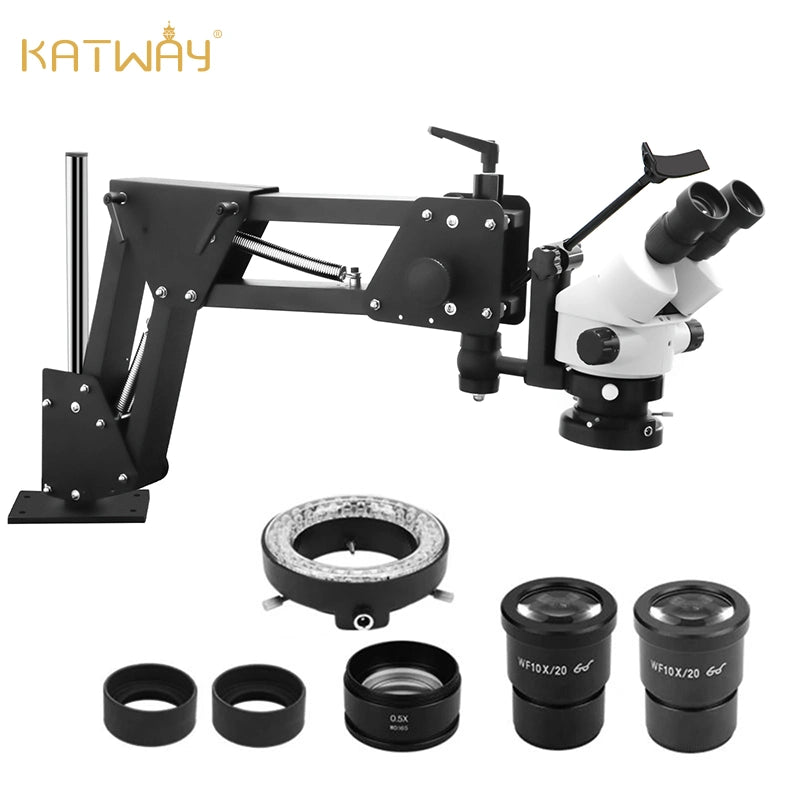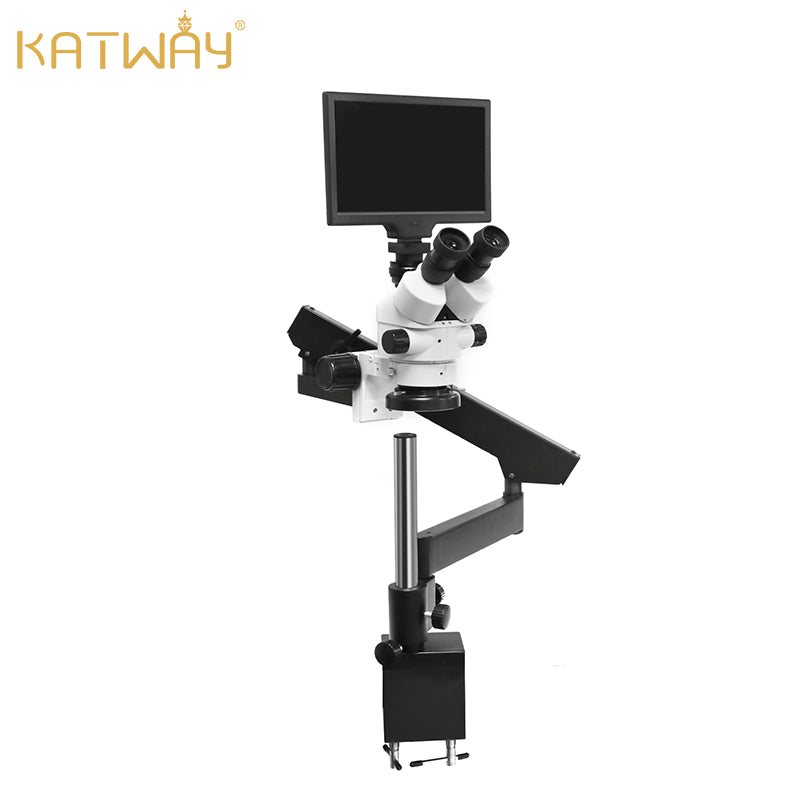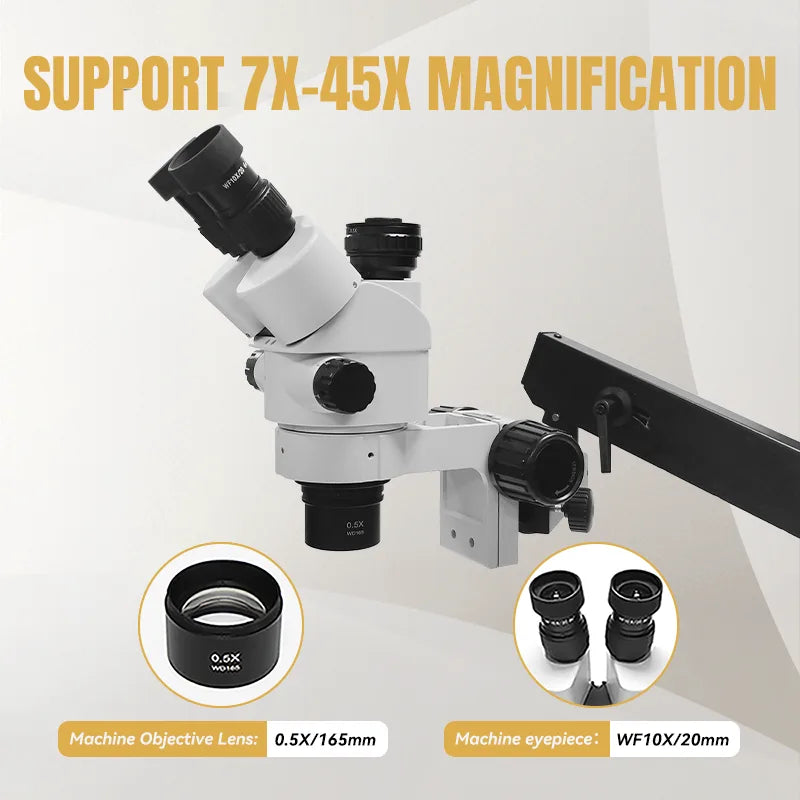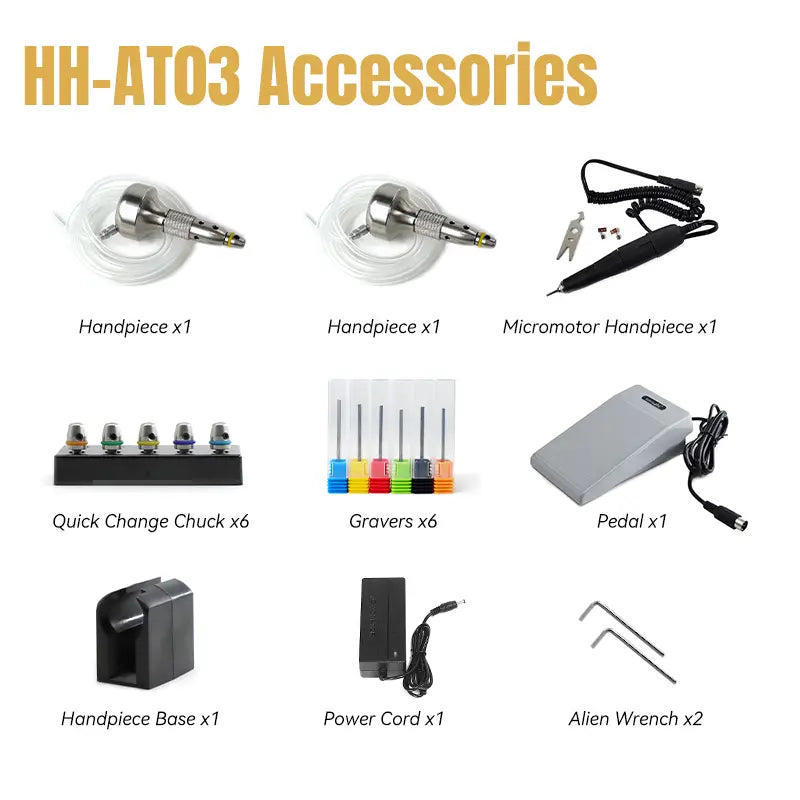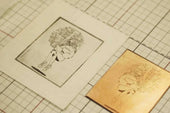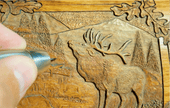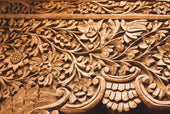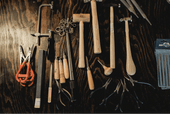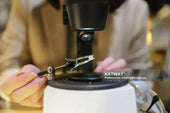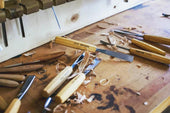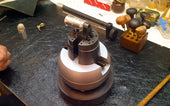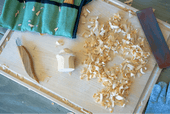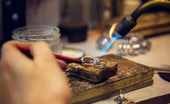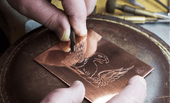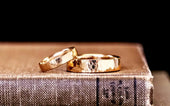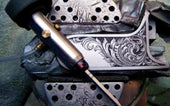Metal Engraving Techniques That Beautify Jewelry
Just as one is always willing to be drawn to something more beautiful, one ignores the beauty of the beginning. The skillful metal engraving techniques displayed in a piece of jewelry can shine even brighter than the core gemstones of the jewelry. Today, this blog will look at some of the metal engraving techniques that make jewelry more beautiful, and see how artisans use a variety of engraving tools to create stunning pieces.
Old Metal Engraving Techniques
Metal engraving is a central step in beautifying jewelry. Whether it is a vintage floral pattern or a modern geometric design, it can be realized with the help of different engraving tools and techniques. Filigree inlay and granulation are two of the most utilized ancient engraving techniques.
Filigree Inlay
Filigree inlay can be traced back thousands of years. The main process is that craftsmen pull the metal into fine wires, and then weave these wires into various complex patterns according to the idea. Alternatively, the wires were twisted into spirals to give the patterns a three-dimensional look.
Once upon a time, a base was needed for filigree inlay to be completed. Now, not only can the wire be directly processed using a rolling mill to complete, for filigree inlay can also be used only with a tool clamp to create a lightweight openwork jewelry.
Pelletizing
Pelletizing process is even older than filigree inlay, first invented by the Sumerians and later developed by the Etruscans. The main process is that craftsmen make the precious metal into tiny particles, and then, like a puzzle, arrange the small gold particles into various patterns attached to the surface of the jewelry.
Miraculously, this process leaves no visible soldering marks, as the gold grains grow naturally on the surface of the jewelry. This process is often used to create texture or decorative patterns to make jewelry look more layered.
Openwork Engraving Technique
Openwork carving is a key technique to make jewelry look lighter and more translucent. Craftsmen will use engraving tools such as chisels, sharp knives, drills and other engraving tools to drill patterned holes in the metal, allowing light to pass through the jewelry, making the whole piece of jewelry more sparkling.
Sawing and Cutting
The process involves first drilling holes in the metal with a drill, and then slowly cutting along the design pattern with a hair-thin saw blade. This requires a great deal of patience and a steady hand, as the slightest mistake can break the metal. The finished piece is like a metal version of a paper cutout, and is stunningly delicate.
À jour Technique
À jour is a French word meaning “through the light”. In this technique, the metal holder of the stone is hollowed out so that the light can shine through the back of the stone. This gives the stone a more translucent appearance and a more vibrant color. Many fine jewelry pieces use this technique to highlight the main stone.
Forging and Engraving Techniques
Forging Texture
Forging also belongs to one of the metal engraving techniques. The engraving tool used for forging is a small hammer with a pointed tip. It is used to repeatedly strike the surface of the metal to create various textures. Craftsmen would hammer from the back of the metal, leaving the front raised to create a three-dimensional pattern. This technique is often used to create jewelry with a relief effect.
Hand Engraving
Hand-engraving is one of the most tested techniques. Craftsmen have to use various shapes of steel carving knife, in the metal surface a little bit carved pattern. For example, using a V-shaped carving knife to carve out parallel lines, using a circular knife to carve out arcs.
Once upon a time, the process of hand engraving not only requires the engraver to be highly skilled but also very much a test of eyesight. Now, with the help of a stereo microscope can easily magnify the jewelry engraving surface, observe the details of the carving part, so that beginners can also complete the hand-engraving steps.
The Magic of Metal and Wood Fusion
Mokume Gane is a unique craft that originated in Japan in the 17th century and is able to skillfully blend two elements, metal and wood, together. Layers of different metals are stacked on top of each other, and through special treatment and layered engraving, the surface of the metal takes on a natural wood-grain effect that is as beautiful as the annual rings of a tree.
Once upon a time, this craft was originally used to decorate samurai swords. Now it is applied to jewelry making to produce modern jewelry with oriental flavor.
Modern Engraving Tools Allow for More Accurate Craftsmanship
With the advancement of technology, metal engraving is now more than just a handmade job. Many craftsmen will combine traditional techniques with modern engraving tools, such as:
- Laser engraving machine: input computer precise calculation of the pattern code, automatic engraving of ultra-fine pattern
- Pneumatic engraving machines: can save time and effort in engraving complex designs
- Stereo microscopes: magnify the details that need to be engraved, making openwork engraving easier to achieve.
Conclusion
It is enough to illustrate the charm of metal engraving when one uncontrollably starts to appreciate the metal part of the jewelry and forgets about the valuable gemstones. Those delicate patterns and fine textures are created bit by bit by craftsmen using various engraving tools. It is these seemingly insignificant metal engraving techniques that enable jewelry to truly shine.



